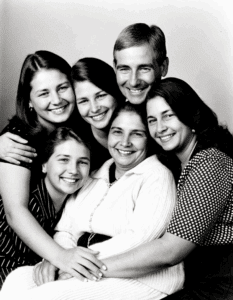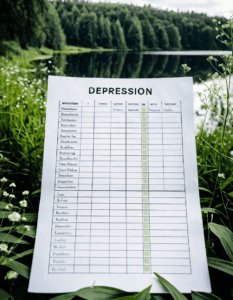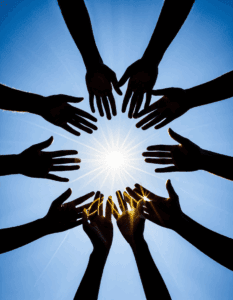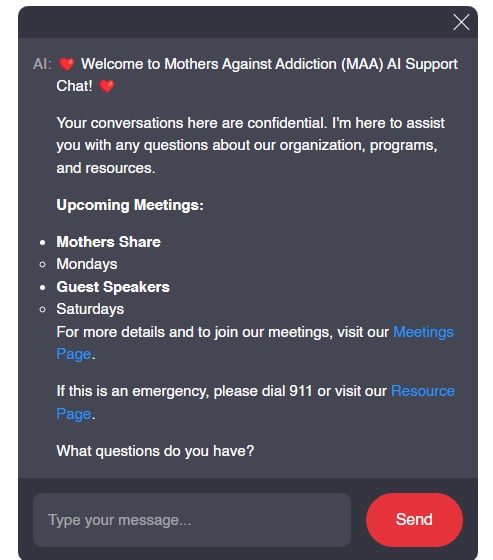The suicide rates in the US have skyrocketed to alarming heights, leaving families, friends, and entire communities shattered with grief. With the ongoing discussions around mental health, the impacts of the COVID-19 pandemic, and changing social dynamics, understanding the grim statistics behind these deaths is essential. Every figure represents not just numbers, but the agonizing stories of individuals and families dealing with loss and sorrow. The reality is stark: more than ever, parents are feeling helpless, grappling with the knowledge that their children are suffering and sometimes feel there’s no way out.
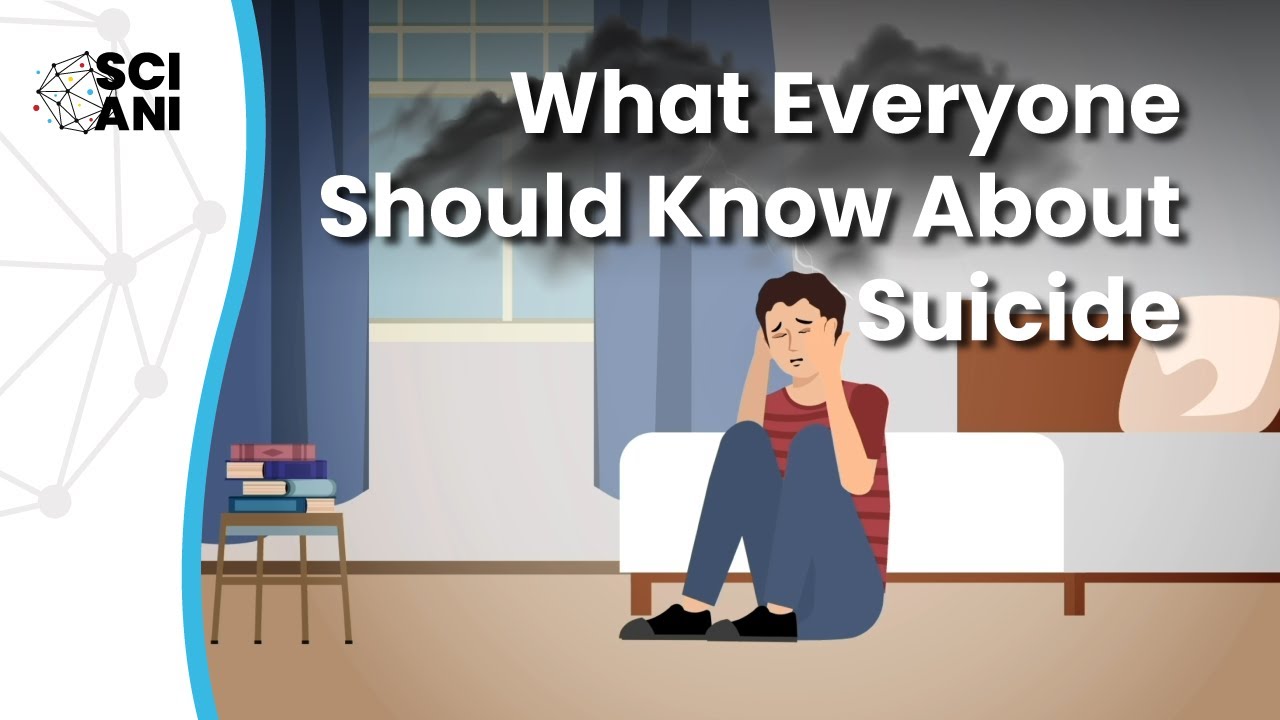
An Alarming Overview of Suicide Rates in the US
Suicide rates have woven themselves deeply into the fabric of daily life in America. According to the Centers for Disease Control and Prevention (CDC), rates have steadily climbed over the past two decades. While conversations about mental health are happening more frequently, the sheer stigma and societal pressures mean many still don’t reach out for help. The profound loss and heartache our communities face call for a collective deep breath and a renewed commitment to understanding and addressing these issues.
As we look at the sad tale of suicide in the US, it’s clear that many aren’t just statistics; they’re children, siblings, parents, and friends. Each statistic carries with it a broken-hearted family, devastated by the loss of their loved one. The suicide rates in the US are more than just numbers; they reflect a mental health crisis that desperately needs addressing. Communities need to rally together to lift each other up, extending hands to those who feel they have none.
As families, we can come together to advocate for preventative measures, ensuring that those in need access crucial mental health resources. Groups like Mothers Against addiction strive to provide support and connection for parents who have faced unimaginable loss or are watching their children struggle with addiction. Our collective resilience can move mountains, erasing stigma, and opening pathways for healing.
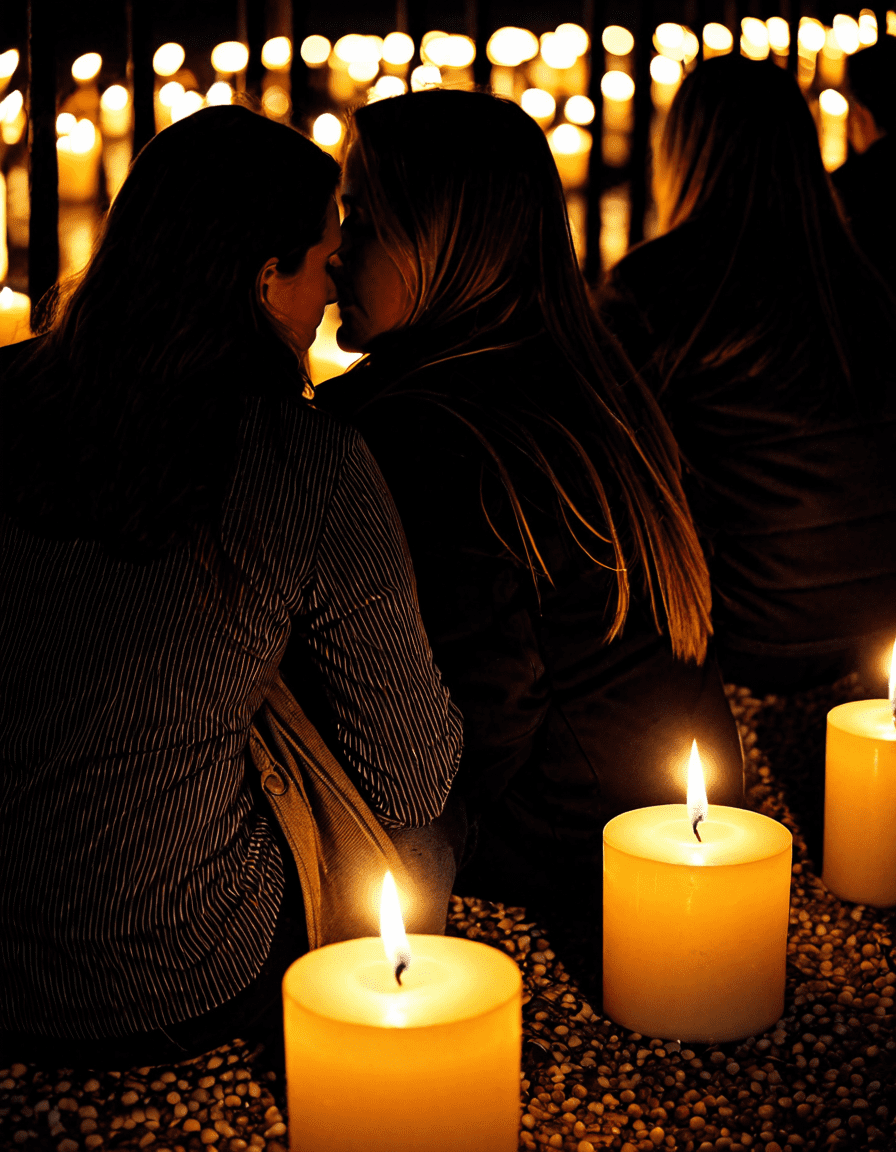
7 Disturbing Statistics About Suicide Rates in the US
The suicide rates in the US reveal an unsettling truth: from 2000 to 2023, the rates among young adults aged 18 to 25 shot up by over 60%. Approximately 15,000 young adults take their lives each year, and this tragic demographic desperately calls for our attention. Parents, educators, and communities must unite to support young people navigating their mental health challenges.
Nearly 25% of homeless individuals in America face severe mental health issues. With around 600,000 homeless people in the United States, the connection between homelessness and suicide becomes glaringly clear. Each day, countless lives hang in the balance, marking another wasted opportunity for support and understanding.
Each day, 17 veterans take their own lives, adding up to nearly 6,200 lives lost every year. This heartbreaking reality underscores the pressing need for dedicated mental health resources for those who’ve bravely served our nation. As a society, we must honor their sacrifice by committing to care for their mental well-being.
While men account for 78% of all suicides, women are increasingly affected too. Particularly, women aged 45–64 have witnessed a concerning rise in their suicide rates in recent years. It’s vital to recognize and address the unique struggles faced by each gender when formulating prevention strategies.
Research shows that about 30% of individuals who die by suicide have a history of substance abuse. The overlap of addiction and mental health issues amplifies risk factors, demonstrating the need for holistic interventions for those struggling with both. Groups like Mothers Against addiction aim to support families dealing with such profound challenges.
Recently, it’s estimated that 1 in 5 adults in America experiences mental illness each year. This disturbing statistic suggests that approximately 51 million people are grappling with conditions that could lead to suicidal thoughts or actions if they lack support. The necessity for accessible mental health resources becomes ever more pressing.
Community-based programs aimed at suicide prevention have been shown to dramatically reduce rates. For instance, mental health initiatives in schools can decrease suicide rates by up to 25% according to studies from various states. Investing in community support can save countless lives.
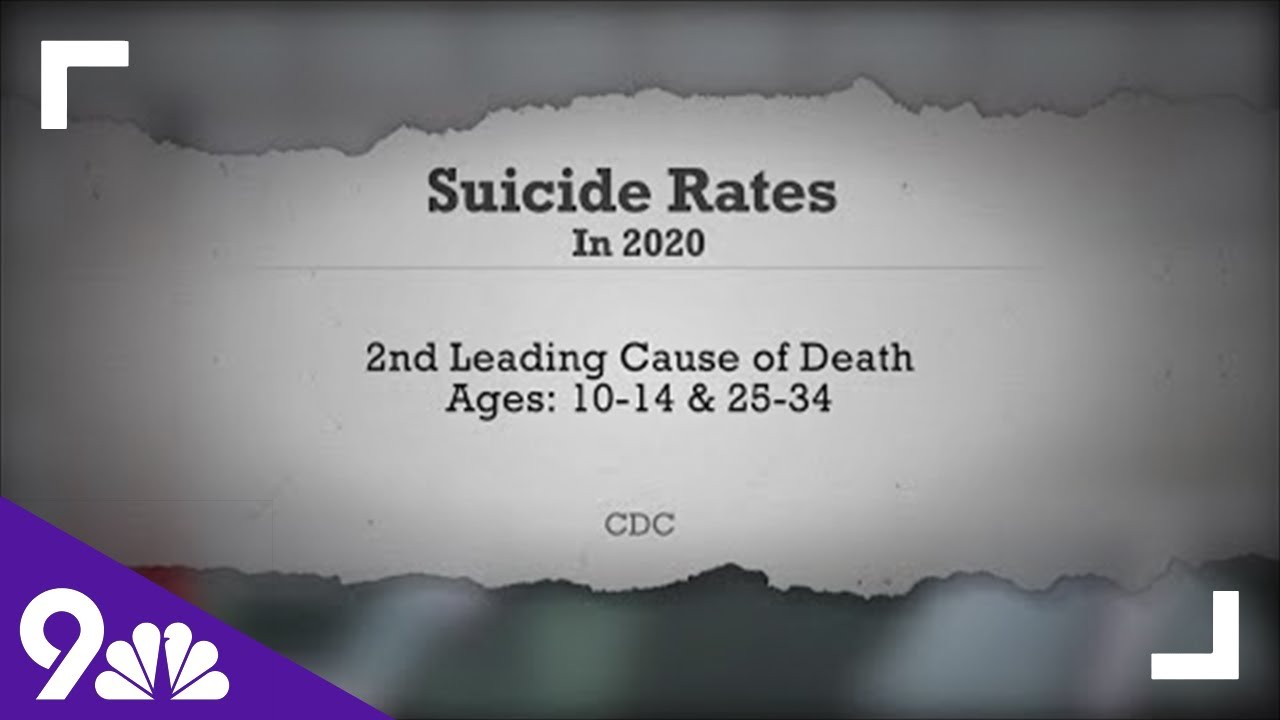
Understanding the Broader Context of America’s Mental Health Crisis
To fully grasp the alarming suicide rates in the US, we must step back and look at the broader picture of mental health in society. With a population of approximately 332 million in the United States, countless individuals face myriad challenges. The persistent stigma surrounding mental health still holds many back from seeking the help they desperately need.
Awareness efforts like those spearheaded by the National Alliance on Mental Illness (NAMI) are crucial in reducing stigma. Yet, they still fall short when it comes to reaching communities grappling with poverty and disenfranchisement. These barriers can lead to tragic outcomes that echo through families for generations.
Individuals who face poverty, lack adequate healthcare, or struggle with housing instability often report feelings of despair that escalate over time. In cities like Los Angeles, home to over 66,000 homeless individuals on any given night, the demand for mental health services can quickly outpace resource availability. Addressing mental health and addiction means prioritizing social support alongside psychological care.

Cultivating Hope through Community and Advocacy
To address the heartbreaking suicide rates in the US, we need to initiate immediate action alongside longer-term solutions. It’s imperative for community leaders, health professionals, and policymakers to work hand in hand, creating accessible resources that obliterate stigma around mental illness. The reality remains that everyone affected—whether child, parent, or friend—faces unseen battles, and every effort to speak out and support can make a monumental difference.
At the end of the day, we must strive to build communities where individuals feel valued and heard. Together, we can turn the tide against the unacceptable suicide rates in the US. It’s essential that we advocate for adequate mental health resources, support systems, and awareness campaigns. Compassionate action can form the backbone of any movement aimed at tackling this crisis.
As we witness the heartbreaking losses tied to these statistics, may we find collective strength to reach out and get involved. By fostering environments filled with empathy and understanding, we open doors for healing and hope. Each life is invaluable, and together, we can help steer our loved ones back toward a brighter tomorrow.

Suicide Rates in the US: A Deep Dive into the Numbers
The Heartbreaking Statistics
When discussing suicide rates in the US, the numbers can be gut-wrenching. Did you know that suicide is the second leading cause of death among individuals aged 10-34? Sadly, this demographic reflects a society grappling with mental health challenges. Meanwhile, more insights about the adult population show troubling indicators on how addiction rates and mental health intertwine. In fact, a staggering number of adults in the US are battling addiction, which often contributes to higher suicide rates. The more we understand the factors driving these figures, like the struggles many young people face, the better we can work together to find solutions.
Coping with Loss
The emotional fallout for families dealing with suicide is profound. For instance, take the story of Inbar Lavi, an actress who opened up about her personal battles. Her experience sheds light on how celebrities often use their platform to normalize conversations around mental health and addiction. Much like the iconic group Eagles and Don Henley, who’ve used their music to address life’s tough issues, individuals struggling with mental health deserve a voice. In a different vein, Kreayshawns rise and fall in the music industry also mirrors the harsh realities many face when tackling addiction, adding layers to how societal pressures can lead to heartbreaking outcomes.
Moving Forward Together
Understanding the landscape of suicide rates in the US takes us to death With dignity movements, emphasizing the importance of support and understanding in times of crisis. As parents, it’s vital to break the stigma and encourage open conversations with our children, guiding them toward healthier coping mechanisms. Even something as cherished as a Steiff teddy bear can serve as a comfort object, reminding us of the solace that comes from love and support. By recognizing these dynamics, we can pave a path towards healing and hope for individuals in distress and their families, keeping the conversation alive and encouraging more people to reach out for help.





